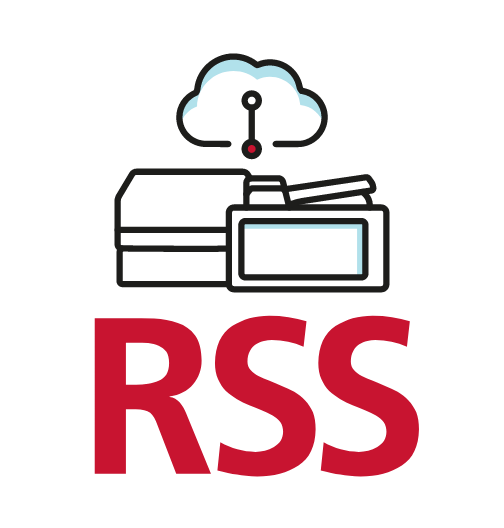
Effective Teleworking: 3 keys to ensure the security of corporate information.
Companies with a remote workforce must naturally ensure that they have technology and tools for remote access to data and important documents, real-time collaboration and communication, as well as document storage.
New ways of working and business productivity models are changing at an accelerating pace, with technology as the backbone to enable them efficiently. As organizations transition from teams working in central locations to distributed teams, they are visualizing its multiple benefits such as recruiting talent regardless of where they are located. For SMBs, it means greatly reducing the overhead required to expand into new regions and gaining greater overall business productivity.
While the benefits are becoming clearer, it also means that company information must be accessible outside of the office. Without proper precautions, you can fall at risk of costly and damaging security breaches. Here are three ways to help ensure that information is kept secure:
1) Using the right business tools:
Companies with a remote workforce must naturally ensure that they have technology and tools for remote access to data and important documents, real-time collaboration, and communication, as well as document storage. Complete digital workspaces include enterprise communication and collaboration solutions:
- Videoconferencing for online meetings
- Technology for team collaboration
- Telephony
- VPN
- Efficient document workflow workflows
- Agile digital approval processes and signatures (Ricoh Approve IT)
This is an important point because a common problem is using platforms that are designed for consumers. Then, if the company does not provide the right tools quickly, it is likely that these will be the first tools that employees will adopt to meet their needs. While these tools are not inherently insecure, they may lack many of the protections that any enterprise needs. Using unauthorized services also puts information outside of the company's control and makes accessing records as easy as compromising an employee's account.
2) Encryption of remote technology for the workforce:
One of the easiest ways for a hacker to gain access to sensitive data is by accessing it directly through a worker's device. If an employee's smartphone or computer is not properly protected, they can easily obtain company information. Implementing encryption improves device security because it allows that in the event a computer or cell phone is lost or stolen, the information is inaccessible making the information on a lost or stolen computer inaccessible. Email encryption systems also provide an additional layer. This can be a lifesaver for companies in highly regulated industries (such as healthcare) or for which compliance is a constant concern.
3) Training and awareness:
Employees are often the gateway for hackers. This is why the first step in protecting data should be for remote technology services to ensure that all employees are fully trained and understand the importance of complying with security policies. Every employee should undergo security training that directly addresses the common risks associated with remote work.
Many times, the mistake is made of assuming that some security issues are universal knowledge and therefore do not need to be covered. Even the most basic concepts, such as the need to password protect any device used for business (or the potential dangers of unsecured public WiFi networks should be reinforced during training).
A look into the future
While immediate challenges take priority, such as security in telecommuting, as organizations look to external experts to help address the current situation and learn from their experiences and knowledge, we are seeing a glimpse of how business leaders will handle IT in the coming years. A world where companies have management-level IT teams outsourcing the execution of systems and technical solutions, while they focus on their people to deliver an excellent customer experience.
Perhaps that is the true future of collaboration.





